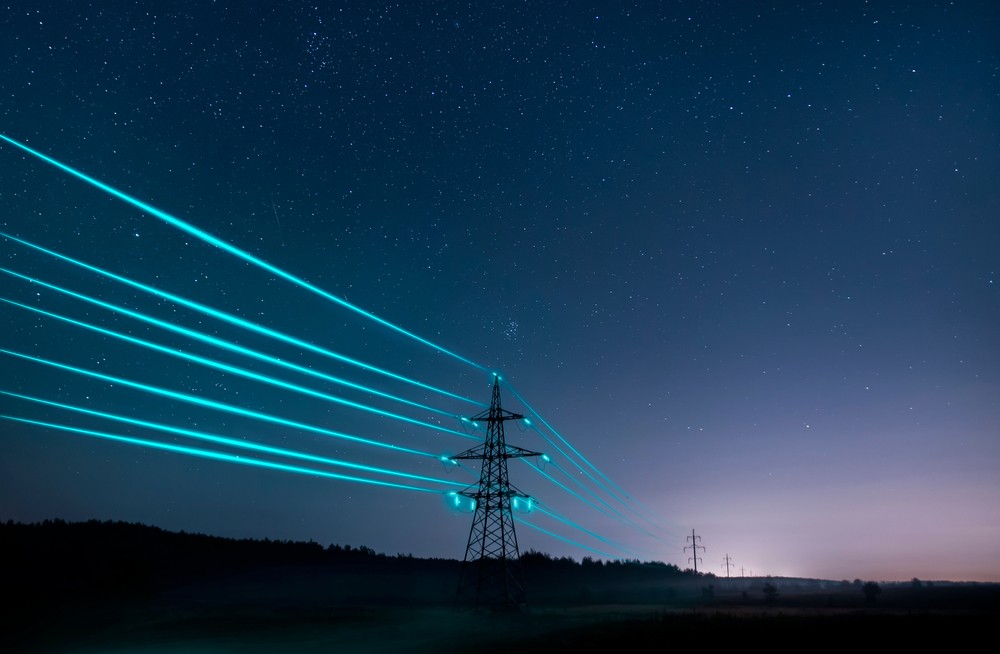Electricity powers almost every aspect of our lives. From lighting up our homes to running industrial machinery, electrical energy is a fundamental force that drives modern civilization. Together, we’ll delve into the concept of electrical energy, exploring its definition, formula, generation methods, and common applications, with a focus on commercial usage.
Electricity, in its essence, is the flow of electric charge. It is generated through the movement of charged particles, typically within conductive materials like copper or aluminum wires. When this flow of electrons is harnessed and directed to perform useful work, we refer to it as electrical energy.
The formula for electrical energy is:
Energy = Power x Time.
Understanding the Elements
- Electrical Energy (E):
Electrical energy, denoted by E, is the amount of energy consumed or produced by an electrical system over a certain period of time. It is measured in kilowatt-hours (kWh), where one kilowatt-hour represents the energy consumed by a device with a power rating of one kilowatt operating for one hour. In practical terms, electrical energy quantifies the total amount of work accomplished or energy transferred by an electrical system.
- Power (P):
Power, represented by P, signifies the rate at which energy is consumed or produced by an electrical device or system. It is measured in kilowatts (kW), with one kilowatt equaling 1,000 watts. Essentially, power reflects the capacity of an electrical system to perform work or generate energy within a given timeframe. Devices with higher power ratings consume or produce energy at a faster rate compared to those with lower power ratings.
- Time (t):
Time, denoted by t, represents the duration for which electrical energy is consumed or produced. It is measured in hours and plays a crucial role in determining the total amount of energy expended or generated over a specific period. The duration of operation directly influences the cumulative energy consumption or production, with longer durations resulting in higher energy consumption or generation.
This formula illustrates that electrical energy is directly proportional to both the power consumption and the duration of usage.
Units of Electrical Energy
Electrical energy is commonly measured in kilowatt-hours (kWh), which represents the amount of energy consumed by a device with a power rating of one kilowatt operating for one hour. This unit is widely used by utility companies to bill consumers for electricity usage as it is generally used for larger devices.
How is Electricity Generated?
Electricity can be generated from various sources, including fossil fuels (coal, natural gas, oil), nuclear energy, renewable sources (solar, wind, hydroelectric), and more. Regardless of the source, the generation process typically involves rotating turbines connected to generators. The rotation of these turbines may be powered by steam (from boiling water using heat from fossil fuels or nuclear reactions), flowing water (in hydroelectric plants), wind (in wind turbines), or even sunlight (in photovoltaic cells).
Once generated, electricity is transmitted through power lines to substations, where it is stepped up or down in voltage for efficient distribution to consumers.
Common Uses of Electrical Energy
Electrical energy finds a multitude of applications in both residential and commercial settings. While residential usage encompasses lighting, heating, cooling, and powering household appliances, commercial usage tends to be more diverse and demanding.
In commercial buildings, electrical energy powers a wide array of systems and equipment essential for business operations. Here are some common examples:
- Lighting Systems: Commercial buildings prioritize energy-efficient lighting solutions to illuminate workspaces effectively while minimizing electricity consumption. LED fixtures have become the standard choice due to their longevity and low energy usage. Smart lighting controls further optimize energy efficiency by adjusting lighting levels based on occupancy and natural light availability.
- HVAC Systems: Heating, ventilation, and air conditioning (HVAC) systems play a vital role in maintaining comfortable indoor environments. These systems rely heavily on electrical energy for operation. Commercial buildings often employ advanced HVAC technologies, such as variable refrigerant flow (VRF) systems and energy recovery ventilators (ERVs), to optimize energy usage while ensuring optimal temperature and air quality for occupants.
- Computing Infrastructure: Modern businesses depend on extensive computing infrastructure powered by electricity to support their operations. Servers, networking equipment, desktop computers, and peripherals constitute a significant portion of the electrical load in commercial buildings. Efficient data centers equipped with energy-saving technologies, such as virtualization and efficient cooling systems, help minimize energy consumption while maximizing computing capabilities.
- Manufacturing Machinery: Industrial facilities utilize a diverse range of electrical machinery and equipment for manufacturing processes. Conveyor belts, robotic arms, CNC machines, and other automated systems are powered by electrical energy to streamline production processes and enhance productivity. Implementing energy-efficient manufacturing practices and investing in state-of-the-art equipment helps reduce energy consumption and operational costs in commercial manufacturing facilities.
- Refrigeration Systems: Commercial refrigeration systems are indispensable for preserving perishable goods in supermarkets, restaurants, and food processing facilities. Walk-in coolers, freezers, and display cases rely on electrical energy to maintain optimal temperature conditions for storing food products. Energy-efficient refrigeration technologies, such as advanced insulation materials and variable-speed compressors, help minimize energy consumption while ensuring food safety and quality.
- Elevators and Escalators: In multi-story buildings, electrical energy powers vertical transportation systems like elevators and escalators, facilitating efficient movement of people and goods. Energy-efficient elevator designs, incorporating regenerative drives and destination dispatch systems, help reduce energy usage and enhance transportation efficiency in commercial buildings.
- Security and Surveillance: Surveillance cameras, access control systems, and alarm systems are essential for safeguarding commercial properties against unauthorized access and security threats. These security systems rely on electrical energy to operate effectively. Implementing energy-efficient security solutions, such as motion-activated lighting and smart surveillance cameras with low-power standby modes, enhances security while minimizing energy consumption in commercial buildings.
Electrical energy is a cornerstone of modern society, driving innovation, productivity, and progress across various sectors. By understanding its principles, generation methods, and diverse applications, we can appreciate the profound impact of electricity on our daily lives and the economy at large.
For further insights into electrical energy and its applications, visit MTA Electrical Engineering, your go-to resource for comprehensive information on electrical engineering and energy efficiency. Explore a wealth of resources and articles designed to enhance your understanding and proficiency in the field of electrical energy. Take the first step toward a more sustainable and efficient future with MTA today!

